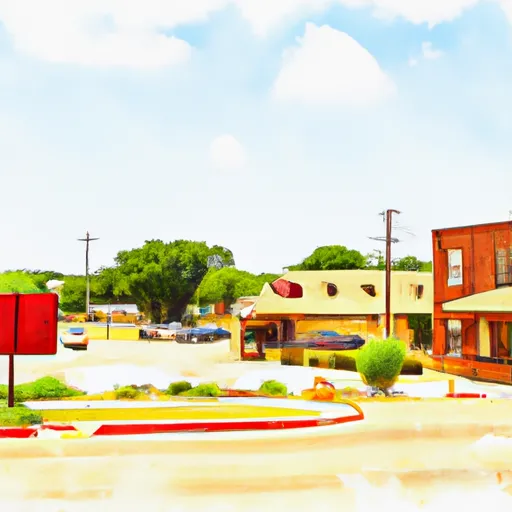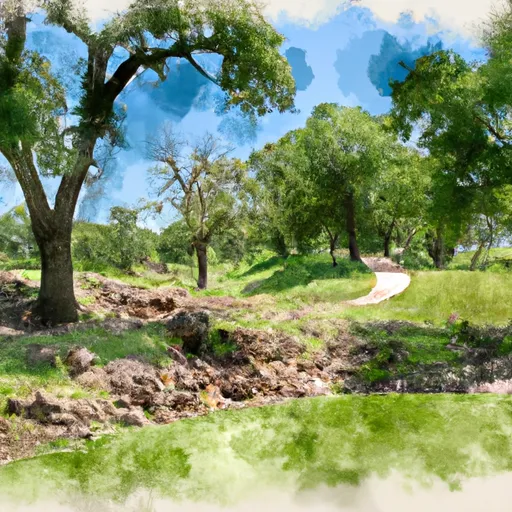°F
°F
mph
Windspeed
%
Humidity











McQueeney, Texas is a small unincorporated community located in Guadalupe County. Situated in the southern region of the state, McQueeney experiences a humid subtropical climate, characterized by hot and humid summers and mild winters. Summers can be extremely hot with temperatures often reaching into the high 90s Fahrenheit, while winters are generally mild, with temperatures rarely dropping below freezing.
The community is situated near Lake McQueeney, a reservoir formed by the damming of the Guadalupe River. This hydrological feature provides McQueeney with various outdoor recreation opportunities. Fishing enthusiasts can enjoy catching bass, catfish, and perch in the lake's waters, while boating and water skiing are popular activities during the warmer months. The lake also offers opportunities for swimming and picnicking along its shores.
Additionally, McQueeney is surrounded by picturesque countryside, making it an ideal location for hiking, biking, and birdwatching. The nearby Guadalupe River also offers opportunities for tubing and kayaking, attracting outdoor enthusiasts seeking water-based recreation.
Overall, McQueeney, Texas offers a favorable climate for year-round outdoor activities, with its proximity to Lake McQueeney and the Guadalupe River providing ample opportunities for water recreation and the surrounding countryside offering opportunities for land-based activities.
Weather Forecast
Mc-Queeney receives approximately 852mm of rain per year, with humidity levels near 90% and air temperatures averaging around 21°C. Mc-Queeney has a plant hardyness factor of 8, meaning plants and agriculture in this region tend to thrive here all year round.
Regional Streamflow Levels
9
Cubic Feet Per Second
13
Cubic Feet Per Second
12
Cubic Feet Per Second
24
Cubic Feet Per Second
Nearby Camping
| Camping Area | Reservations | Toilets | Showers |
|---|---|---|---|
| Canyon - Canyon Lake | |||
| Turkey Bend - Lake Travis | |||
| Lake Corpus Christi State Park | |||
| Pedernales Falls State Park | |||
| Arkansas Bend - Lake Travis | |||
| Cypress Creek - Lake Travis |



